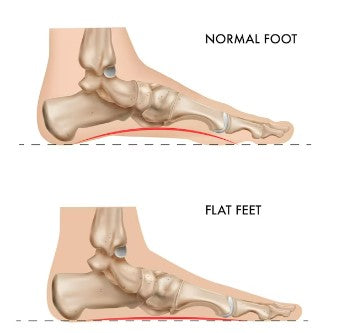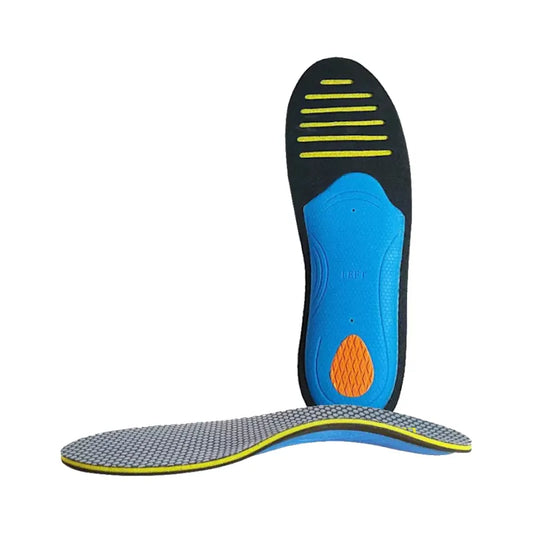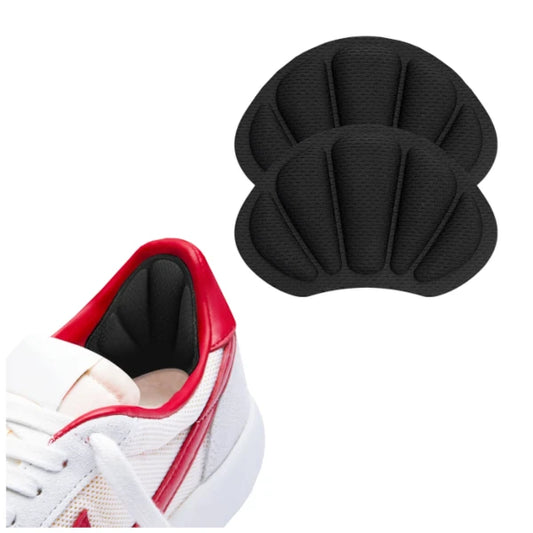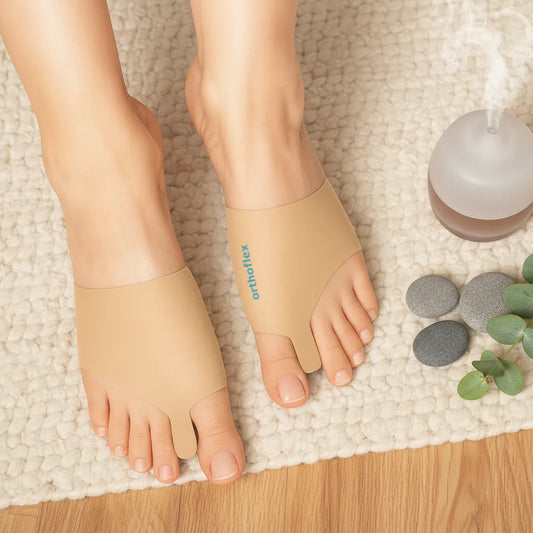
Disadvantages of having flat feet
Share
Flat feet, also known as fallen arches, is a condition in which the arches of the feet collapse, causing the entire sole of the foot to come into contact with the ground.
While flat feet are not always problematic, some people may experience discomfort, pain, or other issues as a result of this biomechanical alteration. In this article, we will explore the potential disadvantages of having flat feet.

Pain and Discomfort
One of the most common disadvantages of having flat feet is pain and discomfort. When the arches of the feet collapse, it can lead to increased stress on the feet, ankles, knees or hips.
This can result in pain and discomfort in the feet, ankles, and even the knees, hips, and lower back.
Flat feet can also cause fatigue and soreness in the lower limbs, particularly after standing or walking for long periods.
This can be especially problematic for individuals who are on their feet for extended periods of time, such as those who work in retail or healthcare.
Increased Risk of Injury
Another disadvantage of flat feet is an increased risk of injury.
When the arches of the feet collapse, it can lead to instability and reduced shock absorption, which can increase the risk of injuries such as sprains, strains, and stress fractures.
Flat feet can also increase the risk of developing conditions such as plantar fasciitis, a painful condition in which the plantar fascia (a band of tissue that runs along the bottom of the foot) becomes inflamed.
This can cause pain and discomfort in the heel and arch of the foot and can make it difficult to walk or stand for long periods.
Limited Footwear Options
Individuals with flat feet may also have limited footwear options.
Many shoes are designed with arch support in mind, and those with flat feet may find that these shoes do not provide adequate support.
This can lead to discomfort and pain, particularly after prolonged wear.
People with flat feet may need to look for shoes with extra cushioning or support to help reduce the impact of walking or running.
In some cases, insoles may be necessary to provide the necessary support and alignment for the feet.
Difficulty Participating in Sports
Flat feet can also make it difficult to participate in certain sports or physical activities.
Activities that require a lot of running or jumping, such as basketball or soccer, can be particularly challenging for individuals with flat feet.
Without proper support, the feet can become fatigued quickly, leading to discomfort and pain.
This can make it difficult to perform at a high level and can also increase the risk of injury.
Also, the decreased ability to absorb load may negatively affect athletes who train every day and compromise the season.
Poor Posture
Posture is one of the most important disadvantages.
When the arches of the feet collapse, it can cause the feet to roll inward, which can throw off the alignment of the entire body.
This can lead to poor posture and may also contribute to pain and discomfort in further regions than the lower limbs.
Treatment Options
Fortunately, there are several treatment options available for individuals with flat feet.
The most common preventive measure is to wear shoes with proper arch support or insoles for additional cushion.
This can help reduce the stress on the feet and can also help improve posture and reduce the risk of injury.
In some cases, custom orthotics may be necessary to provide the necessary support and alignment for the feet.
These can be especially helpful for individuals with severe flat feet or those who experience pain or discomfort as a result of their condition.
Physical therapy can also be beneficial for individuals with flat feet.
A physical therapist can work with the individual to strengthen the muscles in the feet and legs, which can help improve stability and reduce the risk of injury.
Surgery is typically only recommended in severe cases of flat feet, where other treatments have been ineffective.
Surgery can help realign the bones and tissues in the feet and can help restore the arches to their proper position.
However, surgery is invasive and carries risks, so it is typically considered a last resort.
Conclusion
While flat feet are not always problematic, they can lead to pain, discomfort, and other issues for some individuals.
People with flat feet may experience an increased risk of injury, limited footwear options, and difficulty participating in certain sports or physical activities.
However, there are several treatment and preventive options available, including wearing supportive shoes, using custom orthotics, and physical therapy.
By taking steps to prevent or reduce the severity of flat feet, individuals can help improve their overall foot health and reduce the risk of pain and injury.
Author Bio

Marlene Carvalho
Certified Sports Physiotherapist of Elite and Olympic athletes; Performance Coach to racing drivers
Marlene Carvalho is a sports physiotherapist passionate about all things sports.
References
- O'Brien TS, Natri A, van der Werf HJ. Flat Feet. [Updated 2022 Nov 19]. In: StatPearls [Internet]. Treasure Island (FL): StatPearls Publishing; 2022 Jan-. Available from: https://www.ncbi.nlm.nih.gov/books/NBK526076/
- Pauk J, Krauss I, Stöggl T, Lindinger S, Schönherr R, Müller E. Effects of Foot Type and Footwear on Lower Extremity Biomechanics. J Appl Biomech. 2010 Aug;26(3):205-14. doi: 10.1123/jab.26.3.205.
- Kwong PK, Kay D, Voner RT, White MW. Plantar fasciitis: mechanics and pathomechanics of treatment. Clin Sports Med. 2008 Oct;27(4):527-40, vi. doi: 10.1016/j.csm.2008.03.004.
- Seo SG, Lee IH, Jeong JY. Comparison of foot arch between young and elderly individuals. Ann Rehabil Med. 2014 Jun;38(3):315-21






